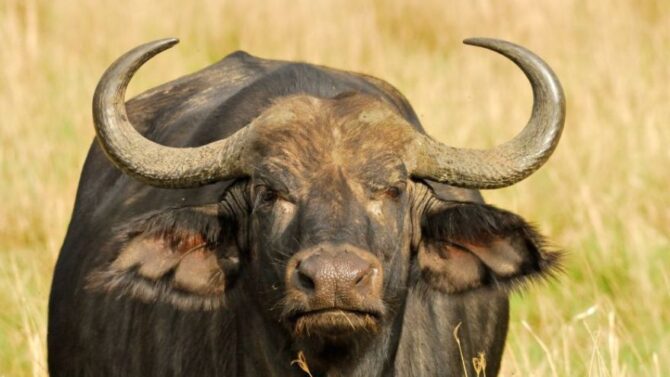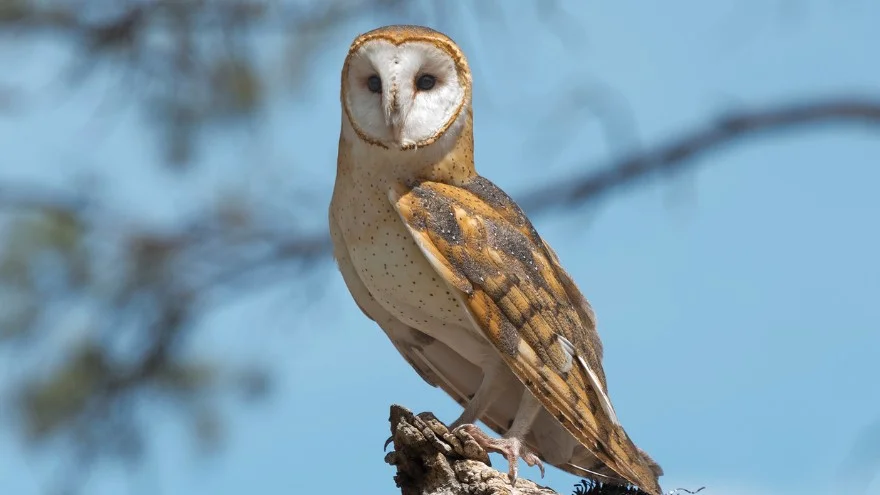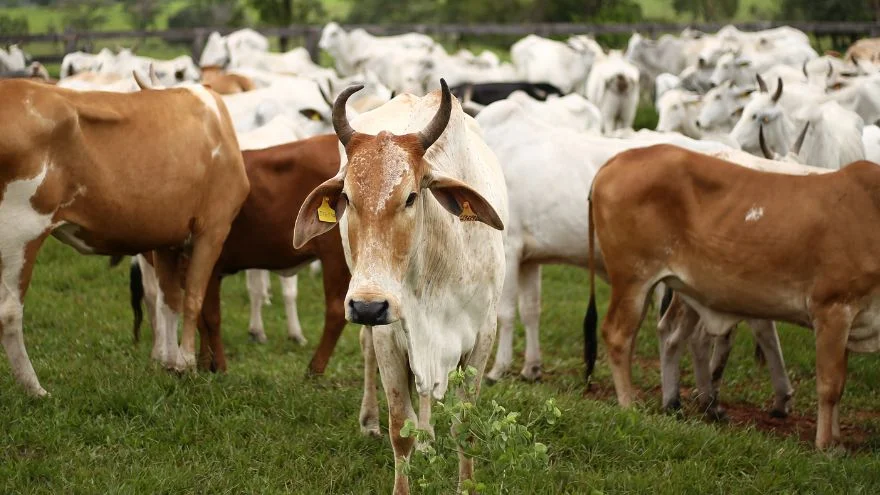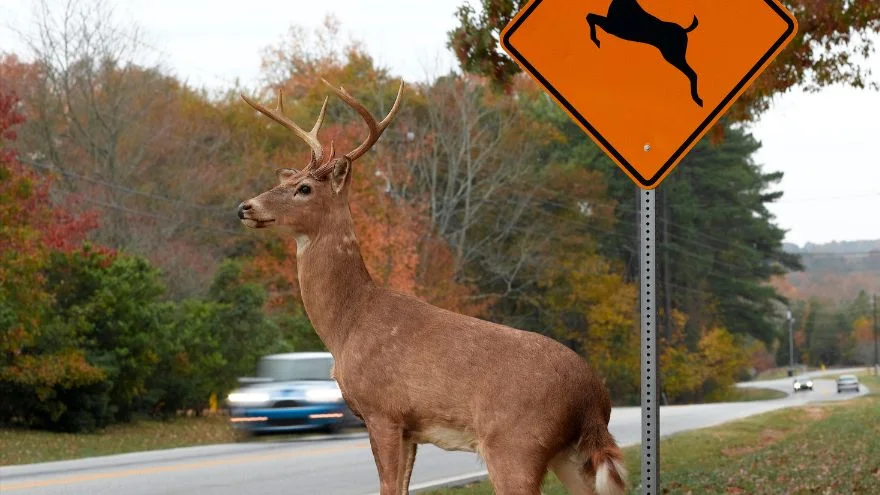The most dangerous animals in Iceland include attic foxes, minks, polar bears, and wasps that can ignite wonder and also prove hazardous to humans when they feel threatened.
The land of ice and fire beckons you. In the heart of the island lurks some of the most fascinating wildlife.
The chilly plains and the warm volcanoes of the Nordic island country prove to be favorable habitats for diverse wildlife.
But as welcoming as the wildlife of the region seems to be, many dangers lurk within.
This article will walk through the deadliest animals in Iceland and some safety tips for the wildlife in the area.
What are the Most Dangerous Animals in Iceland?
1. Arctic Foxes
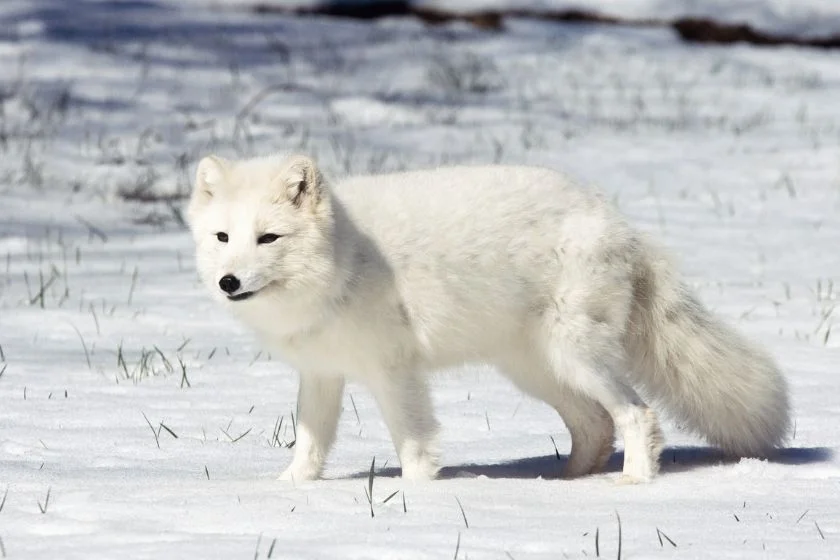
- Scientific Name: Vulpes lagopus
- Classification: Mammal
- Habitat: Sea Ice, rocky shores
- Diet: Carnivore
- Conservation Status: Least Concern
With immaculate white furs, Arctic foxes boast an enamoring look that is sure to spark your interest.
These cute white creatures are so stunning that you may give in to the temptation to run your hands through their beautiful white furs.
However, this would be a grave mistake, as they remain the most dangerous animal in Iceland. Arctic foxes are host to some terrible diseases which can be deadly to humans.
One of such is rabies and encephalitis, which affects these wild dogs, and can be transmitted through bites.
While you may be careful not to be bitten by these nocturnal predators, arctic foxes are hosts to other parasites that can be transmitted by just touching them.
2. Arctic Tern
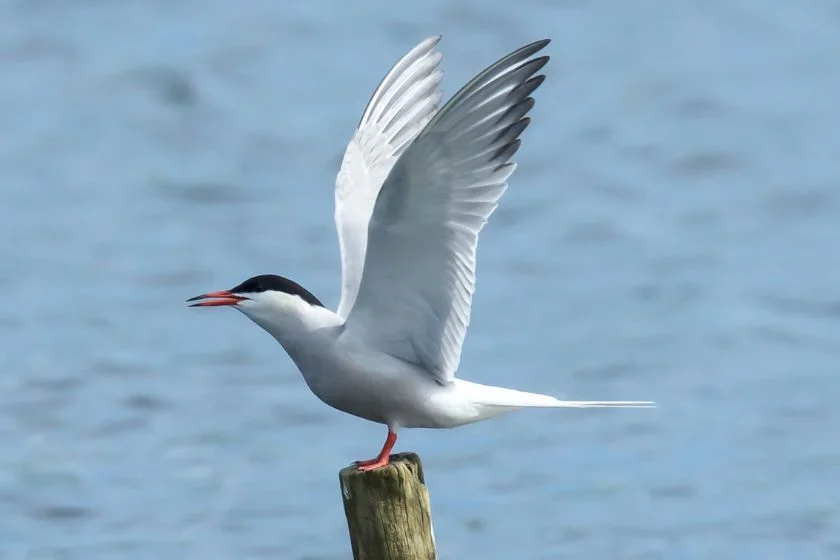
- Scientific Name: Sterna paradisaea
- Classification: Aves
- Habitat: Barrier beaches, small islands, boreal forests
- Diet: Carnivore
- Conservation Status: Least Concern
One of Iceland’s wildlife pride, the Arctic tern, is one tenacious creature. The bird is known to fly more than 45,000 miles from the Arctic circle to the Antarctic circle every year.
Though they are a delight to watch, they can prove to be a danger and also a big nuisance.
Arctic terns nest on the coasts and often remain vigilant to even the slightest threats.
While you may ignorantly choose to interact with these mischievous birds, they may interpret your gestures as threats and attack with their profoundly sharp beaks.
The aggressive nature of their attacks thus makes them one of the most dangerous animals in Iceland.
It is often easy to come across the Arctic Tern in Iceland, as they often walk by the side of the roads.
Hence it is a good idea to avoid interaction or interact with these birds at a safe distance.
3. Mink
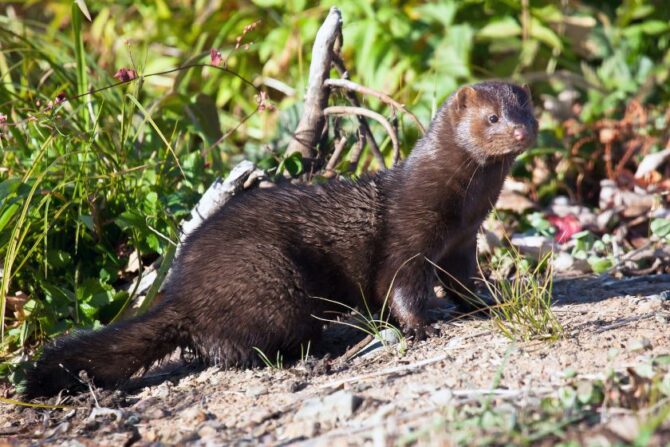
- Scientific Name: Neogale vison
- Classification: Mammals
- Habitat: Forested areas close to water
- Diet: Carnivore
- Conservation Status: Least Concern
Introduced to Iceland in the 1930s, the mink has thrived in the climate and habitat of Iceland for years.
These adorable tiny creatures are a common sight along riverbanks, lakes, marshes, and other water bodies in Iceland.
Although they look petite and inferior, you must never mistake their small size for weakness.
Minks can get incredibly bloody when backed in corners, with fighting their way out being the only realistic option to escape.
Hence while you might want to stroke these tiny creatures, be careful never to come off as a threat to them, as things can get awfully ugly.
Minks can also transmit contagious severe acute respiratory syndrome to humans like the coronavirus.
4. Reindeer
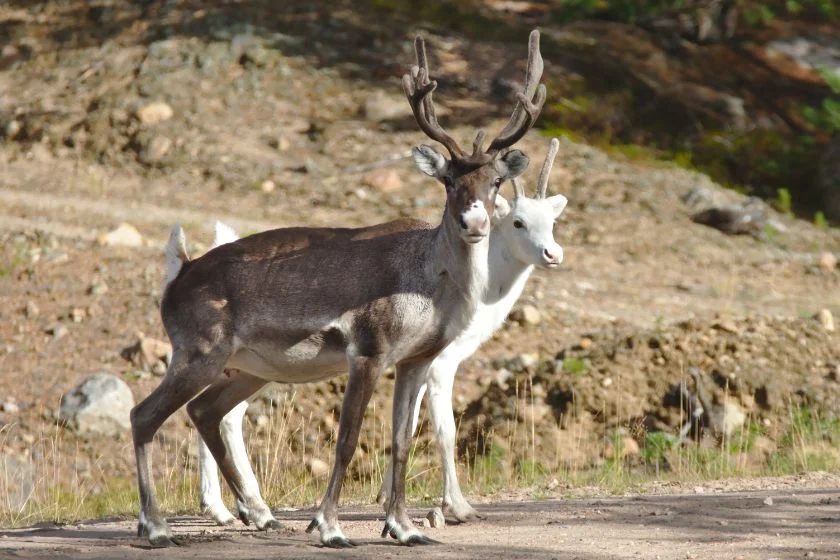
- Scientific Name: Rangifer tarandus
- Classification: Mammals
- Habitat: Arctic tundra, boreal forests
- Diet: Herbivore
- Conservation Status: Vulnerable
Exclusive to the east of Iceland, reindeer is Iceland’s largest land mammals, and they live in herds.
They are common sights near dams, rivers, and mounded hills. Since the 18th century, these herbivores have called Iceland home.
Unlike most of the animals in Iceland, reindeer come off as friendly and calm, but that is not entirely true.
When spooked, they panic and run in scattered directions, and this can be extremely dangerous for anyone caught in their path.
Though they avoid humans and prefer to be in secluded areas, when they panic, they can do extreme damage to humans with their razor-sharp antlers.
During mating seasons, male reindeer can be aggressive as they are filled with testosterone and can react violently to humans and do damage with their antlers.
5. Seals

- Scientific Name: Pinnipedia
- Classification: Mammals
- Habitat: Arctic and Antarctic waters
- Diet: Carnivore
- Conservation Status: Least Concern
One of the wonders of Iceland, seal colonies exist in abundance along the coast of Iceland.
These semi-aquatic animals thrive both on land and water in Iceland. But as peaceful and fun living as seals may seem, they are dangerous.
Seals can be very aggressive, and with their interlocking teeth and sharp claws, they can tear through the flesh of humans with a single bite or scratch.
When they bite, they transmit infection to humans known as seal finger, which leads to swollen bone marrow and inflammation.
Often these animals would attack only when threatened or when their young ones are threatened. Hence ensure you never piss off a mother seal.
6. Polar Bear
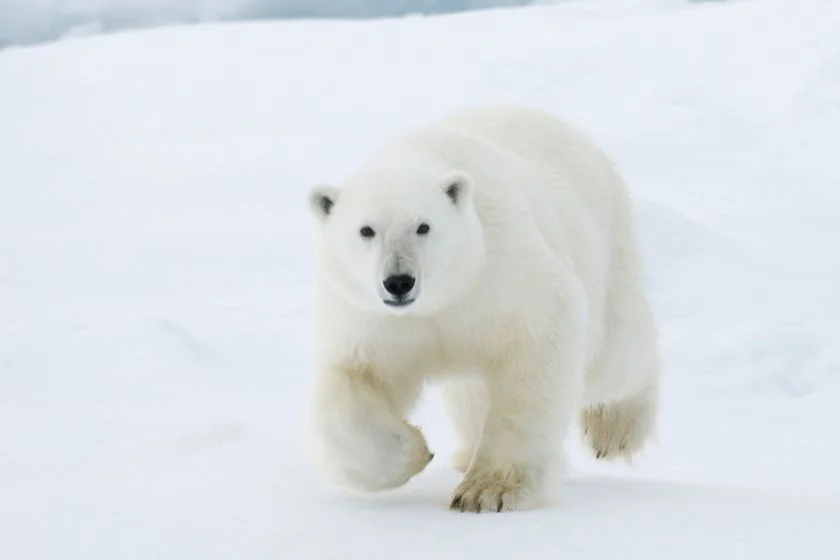
- Scientific Name: Ursus maritimus
- Classification: Mammals
- Habitat: Arctic seas
- Diet: Carnivore
- Conservation Status: Vulnerable
Polar bears do not live in Iceland; however, it is not uncommon to see these arctic creatures in Iceland.
Often polar bears move from neighboring Greenland by drifting on icebergs, but this occurs only during warm climates, as ice tends to break during such periods.
When they drift into Iceland, it is common for polar bears to reside in areas with a high seal population as there will be abundant food.
They, however, do not come to land but would instead relax on icebergs while they hunt.
You will come across polar bears during long swims, and while they do not attack humans, the fact that they are large and strong can do enormous damage to humans who get unnecessarily close to polar bears.
In instances where you are close to a polar bear, no sudden movement should be carried out, and never seem intimidated as that may embolden the bears.
7. Wasps

- Scientific Name: Vespidae
- Classification: Insect
- Habitat: Meadows, woodlands, orchards
- Diet: Carnivore
- Conservation Status: Least Concern
In Iceland, wasps may not seem noticeable. In fact, you may even wonder why wasps pose any danger to you in the land of ice and fire.
But these creatures brought to the country by climate change can make Iceland a very uncomfortable place for you, should you end up on the wrong side.
When their home is threatened by humans, wasps will attack en masse, and with multiple stings from a whole colony of wasps attacking, the effect can be dreadful.
The resulting allergic reaction to wasps stings, the redness and soreness, and in rare instances, anaphylaxis is pretty much why wasps make the list of the most dangerous animals in Iceland.
The good news, however, is that wasps’ attack on humans is often rare, but it is very much possible for these insects to attack if their home is disrupted.
Thus a good thumb rule while you visit Iceland is to stay clear of any wasps colony.
Iceland Wildlife Safety Tips
Keep your Distance
Wildlife does not always appreciate human presence.
Mostly they would withdraw from humans, and in instances where that is not possible, aggressive behavior would follow.
Hence in Iceland, keep away from wildlife, and observe from a safe distance. When you naturally come close to wildlife, try not to spook them.
Keep your movement slow and steady
Animals in the wild are not used to human behavior. And as such, they may react differently to humans.
When they sight humans, they may be spooked as to your intentions.
Hence, ensure your movements are slow and steady, clear enough for the animals to see and understand.
This will thus make animals relaxed and prevent any aggressive behaviors.
Be observant of animals’ signals
Listen to sounds made by animals. Often before animals react aggressively, lots of signals point to this.
Paying close attention to such signs would prevent any aggressive encounters between humans and wildlife.
Look out for sharp movements. Once you notice these, slowly retreat.
Be vigilant
Often when you see wildlife, be on the lookout for the animal’s behavior. Often, their young ones may be close by, and the animal may be ready to attack.
Being vigilant would help you understand this situation, make you react appropriately, and prevent any aggressive encounters.
Don’t pet the animals
Regardless of how adorable the animals may look, keep your hands off them.
Some animals like the Artic fox are not aggressive unless you try to touch or pet them.
They have very sharp teeth and can be ruthless when it comes to protecting their young.
Conclusion
The land of ice and fire can be a memorable place to visit, with its multiple dazzling, attractive spots and wildlife.
But this experience remains a fun and loving one only if you adhere to strict local rules guiding behavior around Iceland’s vast outdoors.
Next Up…
Discover the most dangerous animals in Europe:
Also See:
Are There Sharks In Antarctica (And Arctic Waters)?


